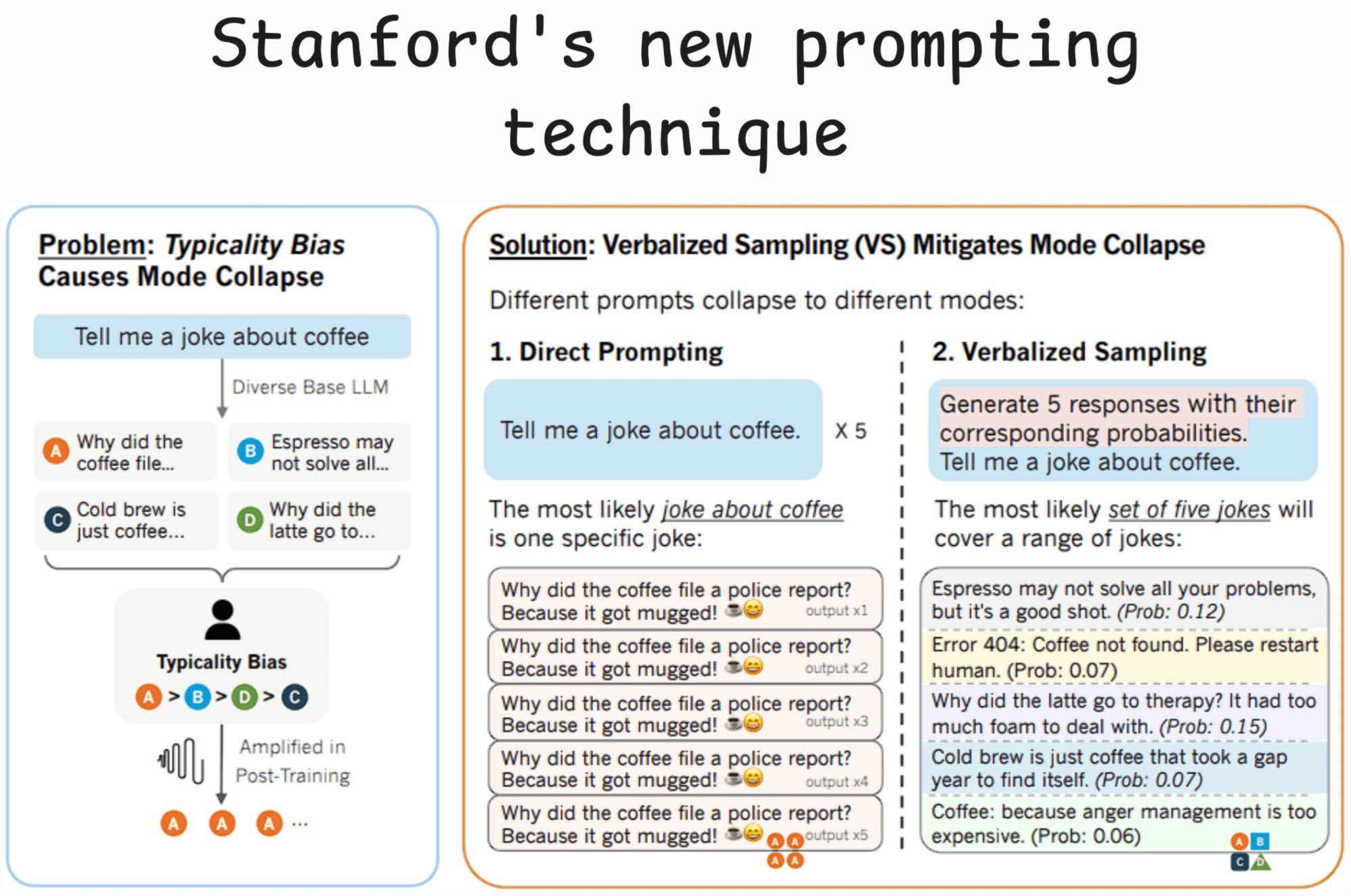Students use AI to write papers, professors use AI to grade them, degrees become meaningless, and tech companies make fortunes. Welcome to the death of higher education. Ronald Purser
Source:
Students use AI to write papers, professors use AI to grade them, degrees become meaningless, and tech companies make fortunes. Welcome to the death of higher education. Ronald Purser
Source:
The segment-geospatial package draws its inspiration from segment-anything-eo repository authored by Aliaksandr Hancharenka. To facilitate the use of the Segment Anything Model (SAM) for geospatial data, I have developed the segment-anything-py and segment-geospatial Python packages, which are now available on PyPI and conda-forge. My primary objective is to simplify the process of leveraging SAM for geospatial data analysis by enabling users to achieve this with minimal coding effort. I have adapted the source code of segment-geospatial from the segment-anything-eo repository, and credit for its original version goes to Aliaksandr Hancharenka.
OpenDrop: Desktop Digital Biology Laboratory https://www.gaudi.ch/OpenDrop/
Open source OpenDrop: https://github.com/GaudiLabs/OpenDrop
Playing Snake with OpenDrop https://www.youtube.com/watch?v=rf-efIZI_Dg

Links:

Stanford researchers built a new prompting technique!
By adding ~20 words to a prompt, it:
Post-training alignment methods, such as RLHF, are designed to make LLMs helpful and safe.
However, these methods unintentionally cause a significant drop in output diversity (called mode collapse).
AI is expanding the productivity frontier. Realizing its benefits requires new skills and rethinking how people work together with intelligent machines.
Work in the future will be a partnership between people, agents, and robots—all powered by AI. Today’s technologies could theoretically automate more than half of current US work hours. This reflects how profoundly work may change, but it is not a forecast of job losses. Adoption will take time. As it unfolds, some roles will shrink, others grow or shift, while new ones emerge—with work increasingly centered on collaboration between humans and intelligent machines.
Short example of doing image segmentation with YOLOv11 (Ultralytics)
from ultralytics import YOLO
import random
import cv2
import numpy as np
model = YOLO("yolo11x-seg.pt")
img = cv2.imread("YourImagePath")
# if you want all classes
yolo_classes = list(model.names.values())
classes_ids = [yolo_classes.index(clas) for clas in yolo_classes]
conf = 0.2
results = model.predict(img, conf=conf)
colors = [random.choices(range(256), k=3) for _ in classes_ids]
for result in results:
for mask, box in zip(result.masks.xy, result.boxes):
points = np.int32([mask])
color_number = classes_ids.index(int(box.cls[0]))
cv2.fillPoly(img, points, colors[color_number])
cv2.imshow("Image", img)
cv2.waitKey(0)
cv2.imwrite("YourSavePath", img)
Sumber:

The State of AI 2025
AI adoption is nearly universal. Impact isn’t. The gap between pilots and profit is where the next unicorns will be built.